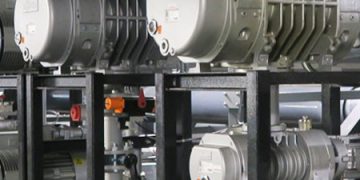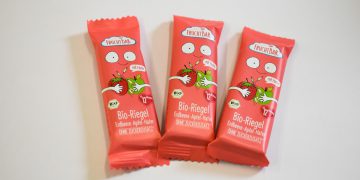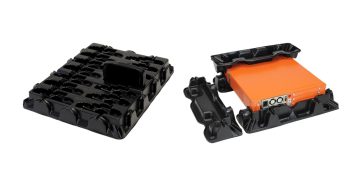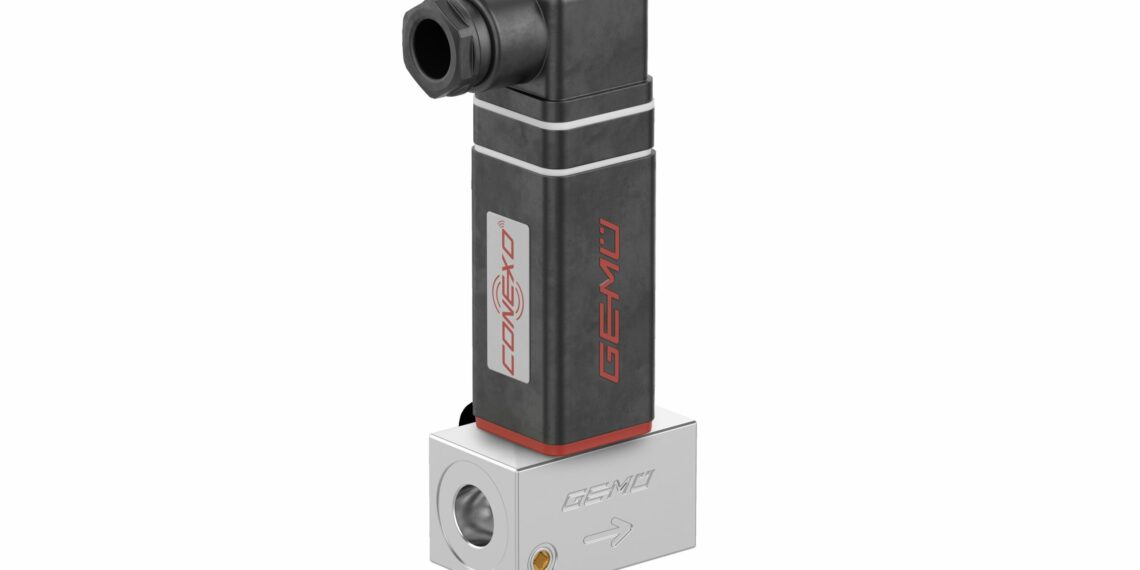Valve specialist GEMÜ is introducing the new GEMÜ J70 electrically operated 2/2‑way solenoid valve, optimising its existing solenoid valve product group.
The GEMÜ J70 electrically operated solenoid valve is suitable for applications with low flow rates in analysis, vacuum and dosing technology and enables precise dosing. The resistant plug diaphragm made of PTFE (TFM) has a unique sealing concept. PD technology provides for a high degree of accuracy for customer-specific applications.
With the PD (plug diaphragm) technology, the media wetted area is separated from the actuator by a plug diaphragm made from modified PTFE. PTFE is composed of linear carbon chains which are surrounded by fluorine atoms. They spatially shield the carbon atoms and protect the molecule from chemical attack – even at higher temperatures.
The compact GEMÜ J70 solenoid valve features a space-saving design and impressive features such as low wear and simple wear part replacement alongside good cleanability. The coil can be replaced without removing the valve body from the piping.
With CONEXO and an RFID chip, the GEMÜ J70 solenoid valve can be clearly identified, enabling efficient documentation of maintenance. In addition, the solenoid valve is variable and extendable and suitable for valve manifolds and multi-port valve blocks.

















